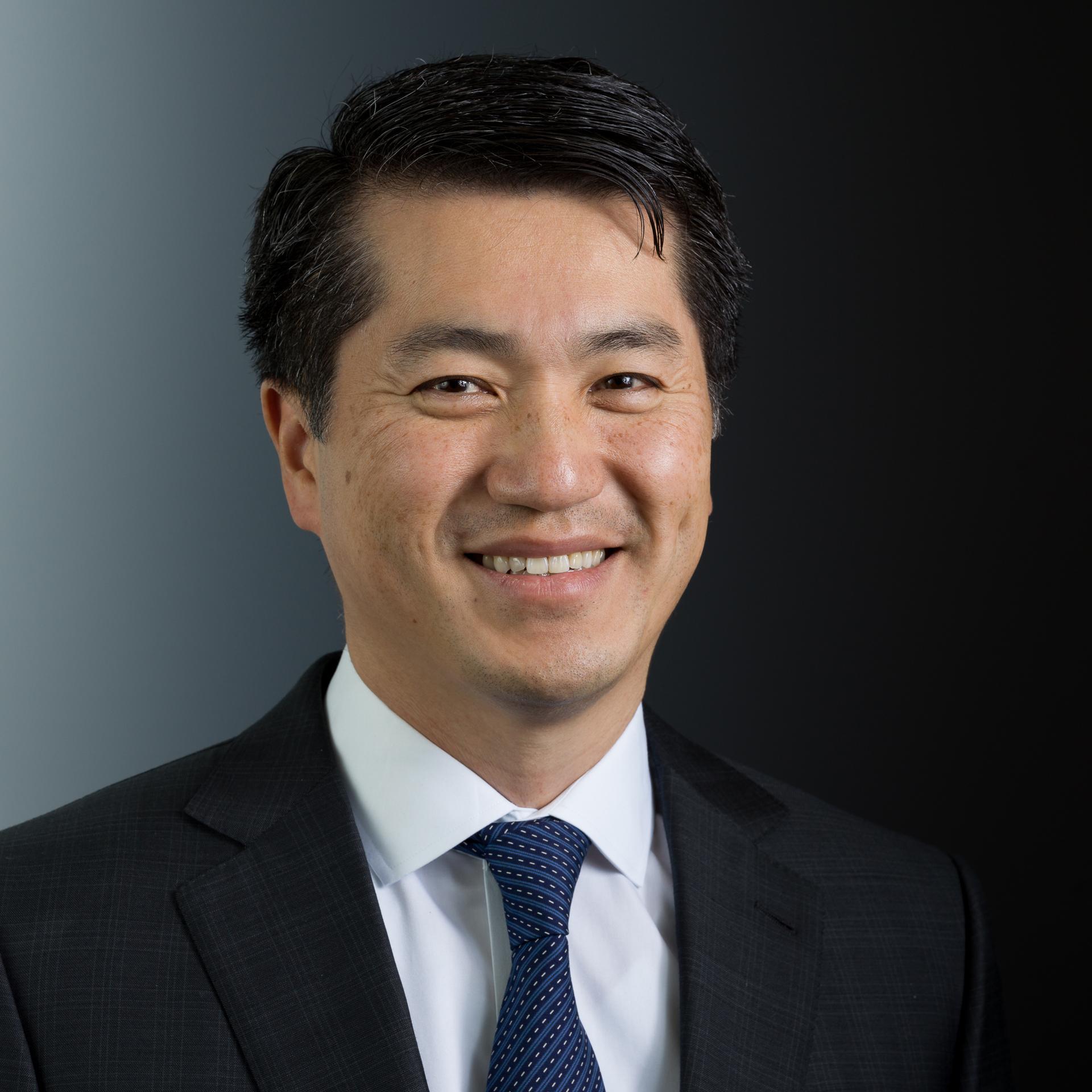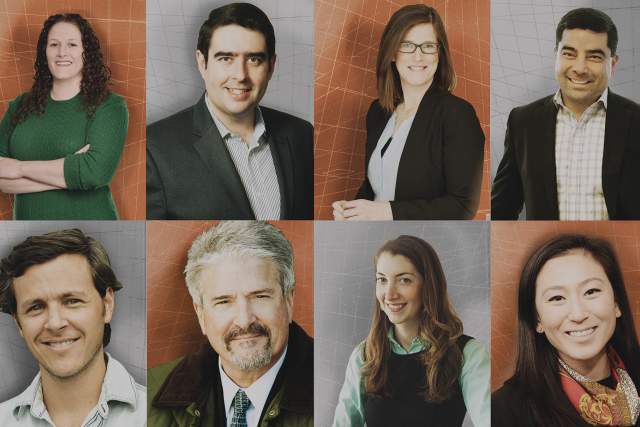When COVID-19 was first reported, the Center for Disease Control (CDC) reached out to a familiar face for help: Brian Kim T’99, president and managing director of the Genomics Division at LGC.
The CDC was seeking help with a critical project: to develop probes as part of a diagnostic kit that detects the coronavirus using a method called polymerase chain reaction (PCR)—the only technology that detects COVID-19 quickly and cost-effectively, according to Kim. With over 25 years of experience in the life science tools sector and management consulting, Kim felt confident in taking on the job.
Within two weeks, Kim and his team produced one million diagnostic probes ready to be put into the marketplace. Prior to that, no test was even available for detecting COVID-19, says Kim.

Brian Kim, who oversees genomics at LGC, has over 25 years of experience in the life science tools sector and management consulting.
“There was a tremendous amount of work behind the scenes to synthesize the probes in such a short period of time,” says Kim. After responding to the CDC’s request, LGC began developing probes for commercial diagnostic companies. Kim estimates LGC is now synthesizing enough oligos—synthetic strands of DNA/RNA used in testing—to support seven to ten million tests per week for health labs and private diagnostic companies in the U.S. and the rest of the world.
To understand how COVID-19 testing is performed requires recalling a few principles of biology.
Every human has their own unique genome made up of 20,000 individual genes and each gene is comprised of a sequence of DNA which is transcribed to RNA and eventually translated into protein. The protein leads to a person’s phenotype, including their hair color, height, and hereditary diseases. COVID-19 is an RNA-based virus. The PCR technology “reverse” transcribes RNA to DNA in a patient sample and essentially reads and counts the COVID-19 DNA in a sea of tens of thousands of DNA/RNA sequences. A diagnostic must be specific and sensitive to accurately detect the presence and scope of the virus.
“What you are looking for is viral load. How much of the virus do you have in your bloodstream?” explains Kim. “A patient may be asymptomatic but that doesn’t necessarily mean they don’t have the virus. It could be their viral load is too low to manifest symptoms.”
Although he feels fortunate to be working for a company that can contribute to society during a time of crisis, Kim says the work can be challenging and he frequently reflects on his Tuck education for guidance.
In 1920, who would have predicted that we’d put a man on the moon by 1970? It’s amazing to think what will come out of this industry by 2090. We need the best and brightest to develop new technologies and develop marketplaces for their use.
“A few professors repeated a phrase that has stuck with me throughout my career,” Kim recalls. “‘Always have the CEO’s perspective.’ Think across all functions and stakeholders. Step back and see the bigger picture.”
As he fielded urgent phone calls from the FDA, CDC, and CEOs of diagnostic companies, over the last several weeks, Kim says he has also “conjured the spirit” of Professor Paul Argenti and lessons learned in his Corporate Communications course.
“When you are operating in crisis, people will panic and make poor decisions. As a leader, it is important to be calm and flexible in order to make the right decisions, and to bring people along by communicating effectively,” shares Kim.
By his own admission, Kim’s path to leadership in the biotech industry was more of a happy accident than the result of careful planning. Prior to enrolling at Tuck, he worked in IT and business consulting roles, but was determined to earn his MBA and pursue management opportunities. Several years of management consulting led to healthcare consulting and, eventually, a management position at a biotech company.
“When I think of how I got here, I can draw a straight line through all my career experiences, but it’s only a straight line when you look back in reverse,” he says. “It looks planned but it wasn’t.”
What drives Kim to stay in the sector? Impact. He sees plenty of opportunity for biotechnology to positively influence society today and in the future. In the same way that physics defined the 20th century with inventions like the airplane and manned space travel, he believes the 21st century will be defined by biotechnology. He cites several ways in which the industry is already having a profound impact on society through developments in precision medicine, cures to intractable diseases, data storage, and more robust food crops.
To continue this progress, Kim is calling on many more wise, decisive leaders to join the field.
“We are only in 2020. It’s amazing to think what will come out of this industry by 2070,” says Kim. “In 1920, who would have predicted that we’d put a man on the moon by 1970? We need the best and brightest to develop new technologies and develop marketplaces for their use.”
Photos courtesy of LGC Group

